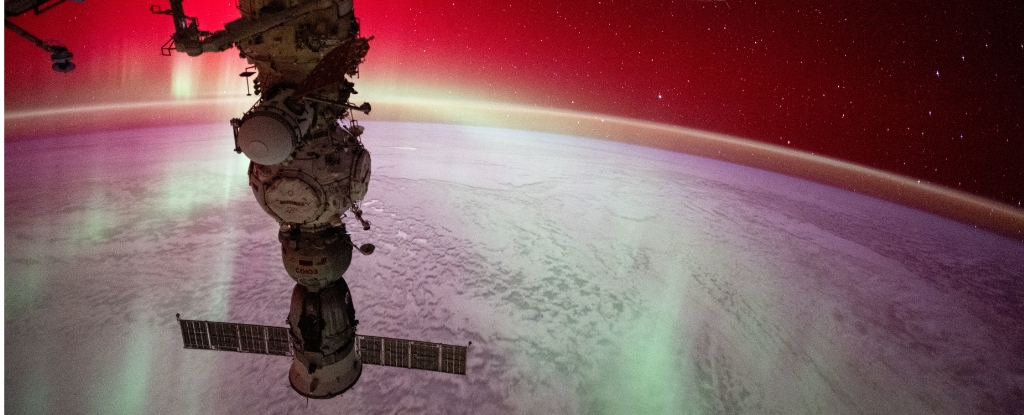NASA scientists believe they have indirect evidence of an exomoon orbiting the exoplanet WASP-49b, located about 635 light years from Earth.
They detected a large sodium cloud around the exoplanet that produces about 220,000 pounds of sodium per second.
The motion and location of the cloud suggests it is not coming from the planet’s atmosphere. It also moved in a way that would be unexpected if it was from the planet.

Computer models indicate a volcanic moon with an 8 hour orbit could produce a cloud like what is observed.
Jupiter’s moon Io is extremely volcanic and produces a large gas cloud around Jupiter, providing a solar system analogy for what may be happening here.

If confirmed, this would be the first discovered exomoon. Finding exomoons could expand the search for life and habitable worlds beyond planets.

However, more observation is needed to definitely confirm an exomoon is the source and determine its properties, as the evidence currently remains indirect.
Source: Mashable









